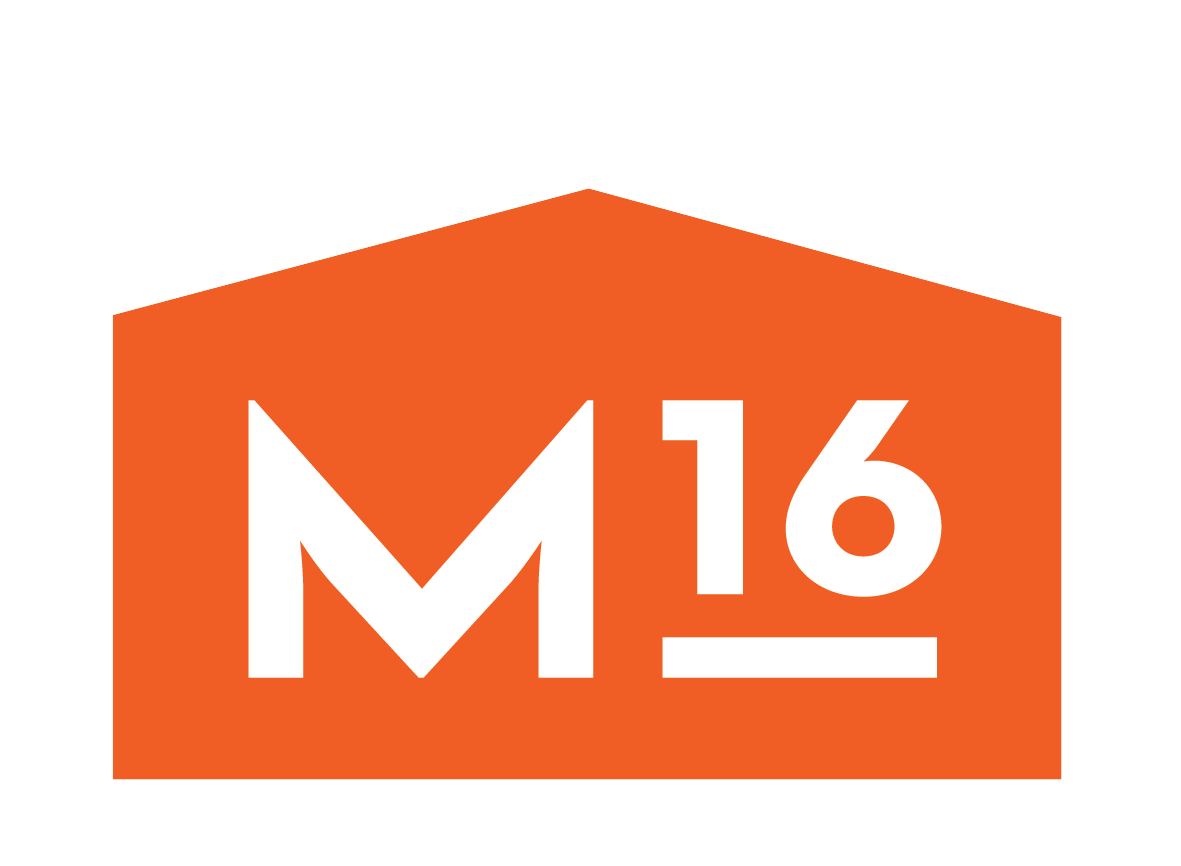Phil Page, Searching for Goulburn, 2024. Image courtesy Dorian Photographic.
Phillip Page
Gallery 3
Friday 6 September - Sunday 29 September 2024
Opening Thursday 5 September 2024, 6pm - 8pm
This exhibition portrays Phil Page’s understanding of Goulburn’s urban environment through paintings which record his personal reactions and feelings and eroded memories of many frequent but superficial encounters with that city.
The paintings are structured around three cognitive maps which record his understanding of the city as a whole and its evolution. More figurative works extract and explore details of this visual framework. The imagery is that of a detached but curious visitor, not someone who is part of the city, a flaneur not an urban historian. The paintings combine geological, historical, sociological and architectural knowledge as imprecise notions seen through the lens of Page’s background and experience including as a practicing architect. The works are a kind of history painting of the built environment showing the current city floating on the surface of an ancient landscape from which First Nations were dispossessed.
Just as the urban environment is assembled over time, each layer of the painting reacts with preceding layers. Lines are made from acrylic paint, chalk, ink and metal leaf. Paint is applied in transparent washes. Because of this, the surface of the support is of particular importance, generally an absorbent ground applied over canvas or cradled board often with a hard smooth polished kaolin surface.
About the Artist
After an extensive career as a practicing architect, Phil Page undertook subsequent studies at the Painting Workshop at the ANU School of Art and Design which led to the award of a Graduate Diploma in 2011 and a Doctor of Philosophy in 2019. He has been a Studio Artist at M16 Artspace since 2017.
His paintings explore ways of incorporating layers of imagery of intangible and non-visible information to portray the urban pattern where history acts like a pictorial generator affecting compositional issues. The works contain layers made from drawn and painted lines and areas of colour, often figurative but also frequently abstracted from the patterns of the urban environment, sketchbook images and memory. Many of these memory images result from his previous architectural practice. These works show what he remembers about cities and the process of making them.
Working on paper, board or canvas his current works continue on this trajectory interrogating the boundary between drawing and painting in imagery of the built environment.




